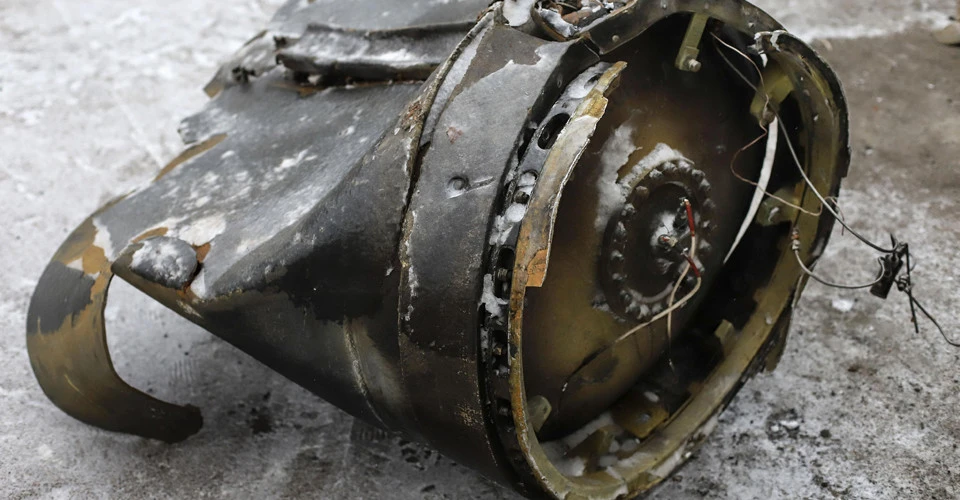
British investigators confirm use of missiles from DPRK against Ukraine
The Conflict Armament Research (CAR) independent research organisation has found that the missile that Russia fired at Ukrainian Kharkiv on January 2 was manufactured in North Korea
This is reported by ArcGIS StoryMaps.
On 10 and 11 January 2024, a Conflict Armament Research (CAR) field investigation team physically documented the remnants of a ballistic missile that struck Kharkiv, Ukraine’s second-largest city, on January 2, 2024. Based on several unique features observed during documentation, CAR determined that this missile was manufactured in the Democratic People’s Republic of Korea (North Korea) and is probably a KN-23 or KN-24 ," the experts write, adding that the DPRK designates these missiles as Hwasong-11A and Hwasong-11B, respectively.
It is noted that both possible types of missiles were first tested in 2019 and entered service in North Korea in 2020.
The Russian Federation fired one of these missiles at Kharkiv on January 2, 2024.

Photo: gettyimages
Analysis of the missile
The CAR field investigation team documented the rocket engine and the tail section of the missile.
CAR found 4 characteristics that indicate the missile was of North Korean origin:
- distinct jet blade actuators
- a bolt pattern around the igniter
- the presence of a Korean character (Hangul) on one of the missile's barometers
- several signs that may refer to the "February 11th factory" in the DPRK, where these missiles are reportedly assembled.
The researchers compared the North Korean missile to the Russian Iskander, which was documented in Ukraine on 15 January 2024.
The diameter of the Iskander's tail section is 95 cm, which is smaller than that of the North Korean missile.
Experts also noted that the North Korean missile's jet blade actuators differ from those of the Iskander system in size, shape and design.
In CAR documentation and factory images, the central disc has 20 bolts evenly distributed around the circumference, which also proves that it is a KN-23 or KN-24 missile.
On the barometer, documented in Ukraine on January 11, 2024 as part of the missile wreckage, investigators noticed a label with the handwritten Korean (Hangul) character "ㅈ".
Several different components found in the wreckage also bear the marking "112", which may refer to the February 11th factory in North Korea, where these missiles are reportedly assembled.
The "112" markings are embossed on each of the four jet blade drives, the inside of the rocket engine, and a label applied to the battery of a North Korean KN-23 or KN-24 missile, documented by CAR in Ukraine on January 10, 2024.
The Russian Federation demonstrates a desire to continue the war in Ukraine, even at the cost of undermining global non-proliferation regimes, as North Korea is subject to a long-standing UN arms embargo.
For reference. Security Council Resolutions 1718 (2006), 1874 (2009) and 2270 (2016) prohibit UN member states from purchasing arms or related materials from North Korea and prohibit North Korea from exporting these materials.
- On the morning of January 2, the Russian invaders attacked Ukraine from strategic aviation. A series of explosions occurred in Kyiv and Kharkiv. The attack killed and injured people and destroyed buildings.
- News














































